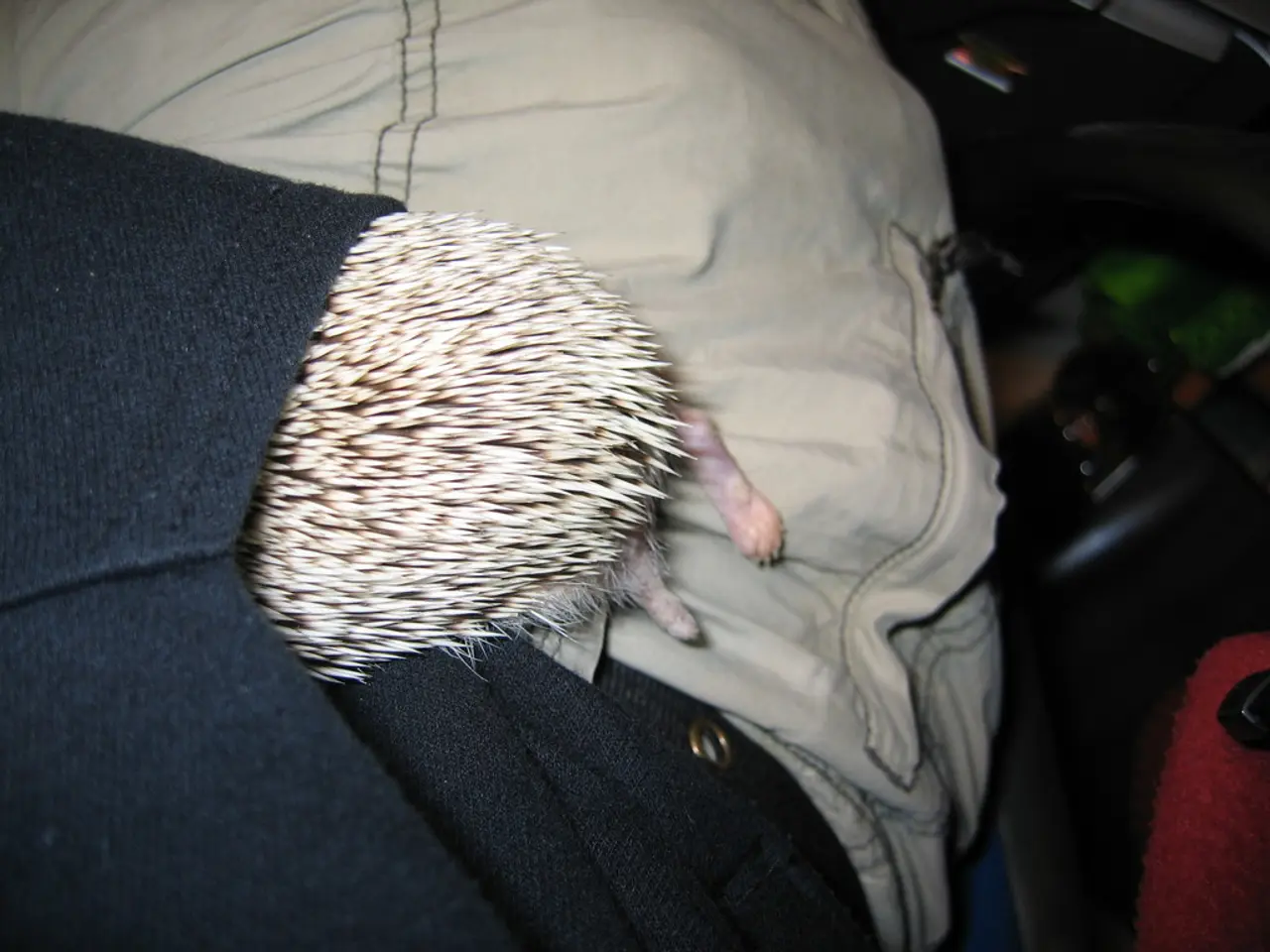Effective Preventive Measures to Minimize the Risk of Zoonotic Diseases from Pets
Pets Potentially Endangering Your Health: Safeguarding Strategies to Implement
Pet ownership can be a source of joy and companionship, but it's essential to be aware of the potential risks associated with zoonotic diseases. Here are some effective measures to help minimize the risk of transmission from pets to humans.
1. Vaccination and Health Checks
Regular vaccinations are crucial for pets, especially for diseases like rabies and leptospirosis. Ensuring that pets are up-to-date on their vaccinations, as recommended by veterinarians, is a vital first step in disease prevention[1][3]. Regular veterinary check-ups can also help identify any early signs of illness or disease in pets, potentially preventing the spread of zoonotic diseases[1].
2. Hygiene Practices
Maintaining cleanliness is key to reducing the risk of zoonotic diseases. Keep pet areas and equipment clean and disinfected. It's also important to wash hands thoroughly after handling pets, their food, or waste[5]. If you handle pets that may carry diseases, such as reptiles or amphibians, it's advisable to wear gloves[5].
3. Diet Control
Feeding pets raw or undercooked meat can increase the risk of diseases like salmonellosis. Opt for cooked or commercially prepared pet food to avoid this risk[1].
4. Environmental Management
Implement measures to control vectors like ticks, fleas, or mosquitoes around pets to prevent diseases such as Lyme disease or leishmaniasis[2]. Proper housing and enclosures for pets can also protect them from wild animals that may carry diseases[4].
5. Education and Awareness
Stay informed about common zoonotic diseases and take preventive measures accordingly. Understanding the risks associated with different pets can help in managing them effectively[1][2].
By implementing these strategies, pet owners can significantly reduce the risk of zoonotic diseases transmission from pets to humans. Here are some additional tips:
- Don't let pets eat off your plate or drink from your glass.
- Never leave children unsupervised with animals to prevent aggressive behaviour.
- Regular baths and brushing for pets reduce the buildup of dirt, loose fur, and allergens.
In cases where vulnerability to zoonotic diseases is higher, such as for infants, pregnant women, the elderly, and those with weakened immune systems, it's important to keep interactions supervised, limit exposure to pet waste, and consult a doctor or vet about added precautions.
The advice provided here is generic and not a substitute for a qualified medical opinion. Always consult a specialist or your own doctor for more information.
Engaging in a responsible pet lifestyle, prioritizing regular vaccinations, and maintaining good hygiene practices can be crucial for our health-and-wellness, as well as the wellbeing of our pets. For instance, by feeding pets cooked or commercial pet food and practicing environmental management to control vectors like ticks and mosquitoes, we can minimize the risk of numerous zoonotic diseases. Furthermore, staying educated about common zoonotic diseases can help us make informed decisions about our pets' lifestyles and our interaction with them, ensuring a healthy and harmonious bond between science, pets, and humans.




